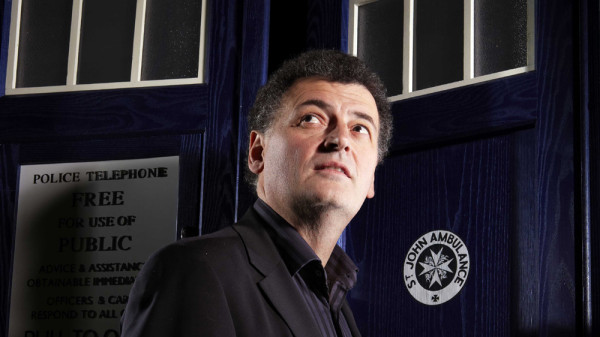Executive producer and lead writer Steven Moffat will be leaving Doctor Who after Season 10 airs in 2017.
Moffat took over as showrunner from Russell T. Davies in 2010 and wasted no time in putting his own whimsical, madcap spin on the Doctor’s wanderings in time and space.
His Doctor Who era has been fraught with criticism and controversy, his episodes among the most divisive for Whovians. Some have argued that Moffat has been the worst thing to happen to the show; others have praised his tireless efforts to take the show to new heights. Consequently, the news of his departure has fans crying either from joy or from sorrow.
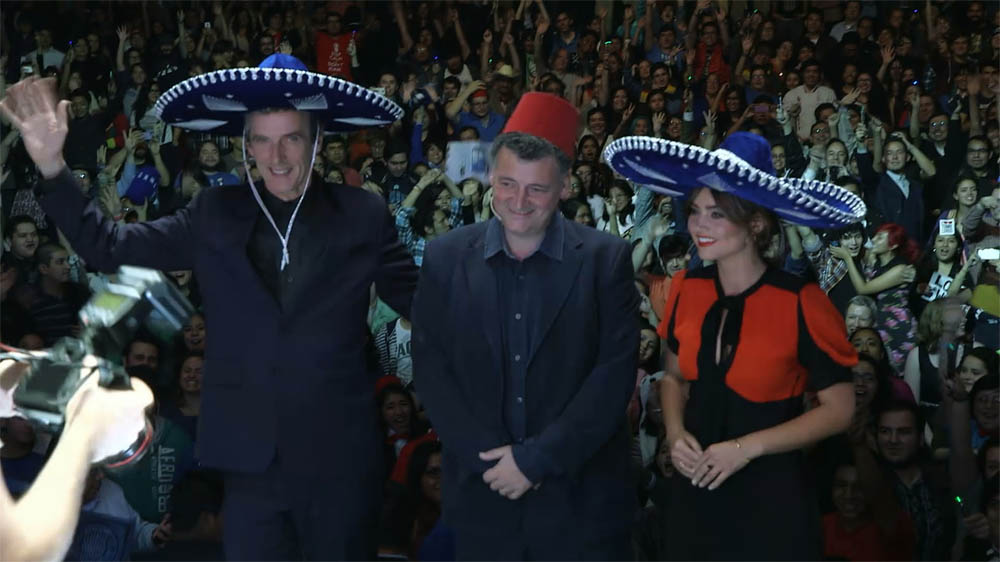
His time as showrunner has been controversial, true, but it has also seen some undeniably brilliant and unforgettable moments that have changed the course of the show forever. Whether you’re a fan of his tenure or not, Steven Moffat has left an indelible mark on Doctor Who.
> Buy the complete Season 9 box set on DVD on Amazon.
> Buy the complete Season 9 box set on Blu-ray on Amazon.
Here we take a look back at his legacy…
He brought back the Eighth Doctor
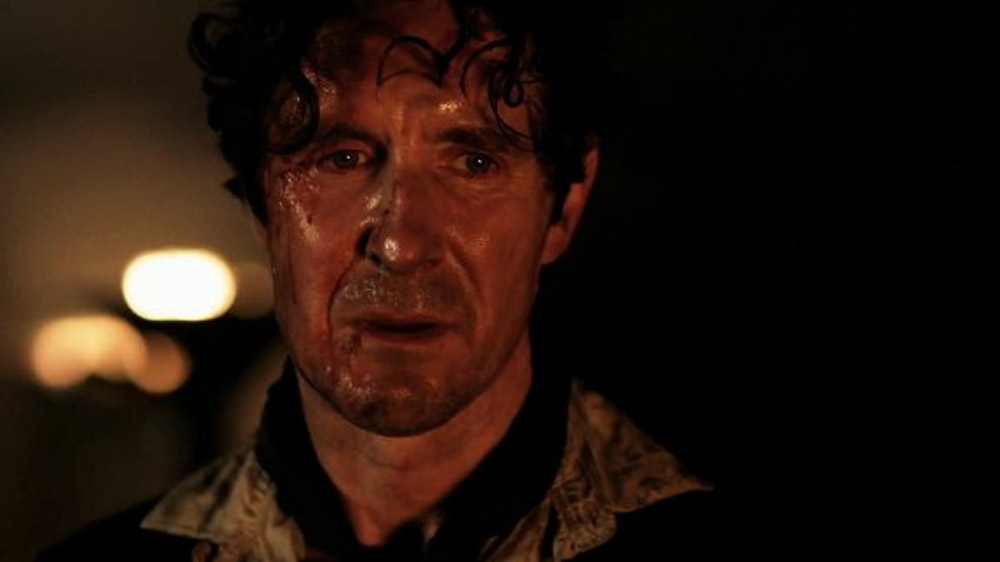
First appearing in the 1996 TV movie, Paul McGann went on to play the Doctor in numerous Big Finish audio productions, but his appearance in 2013’s ‘The Night of the Doctor’ minisode was the first time in 17 years that the Eighth Doctor had appeared on screen.
A surprise release that delighted fans who had become accustomed to knowing spoilers months in advance, ‘The Night of the Doctor’ featured the origins of John Hurt’s War Doctor and the return of McGann’s woefully underused Eighth Doctor was more than welcome.
What was even more impressive was that the Doctor named many of his audio drama companions, effectively making them an official part of the Doctor Who canon.
He saved Gallifrey

When Doctor Who returned in 2005, fans were overjoyed to see so many elements of the classic series included in the updated version. There was one startling difference; however: all of the other Time Lords were dead, and Gallifrey itself had been destroyed in what the Doctor described as the Last Great Time War.
The Time Lords had always played a key role in the classic series; even when they didn’t actually appear, their presence was always felt in one shape or form. To hear that they were all dead was a crushing blow. It was hard enough to see the Doctor grapple with the burden of being the only survivor of a civilization that had once controlled all of time and space, but the additional revelation that he was the one who destroyed it in the effort to stop the Time War was astonishing.
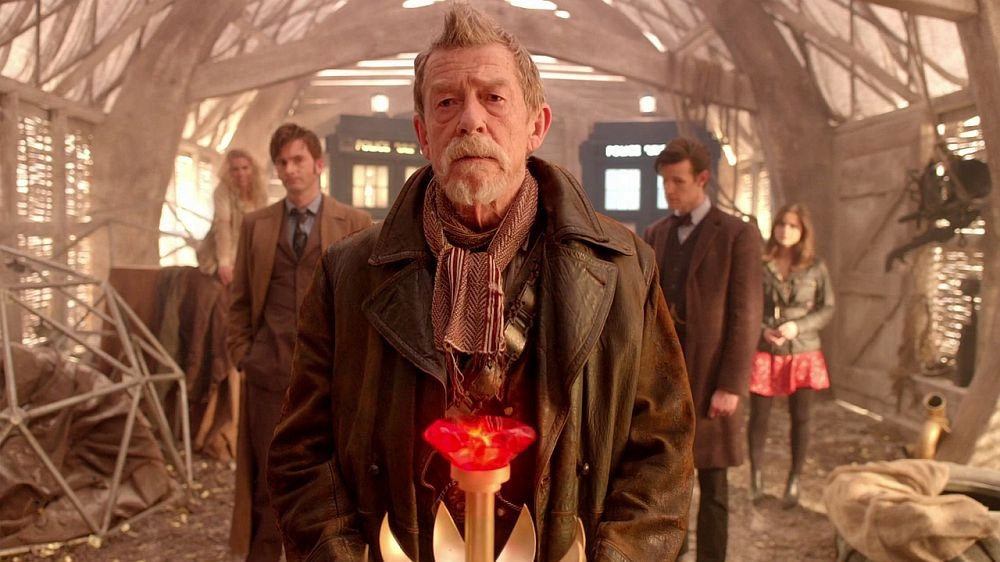
Then along came ‘The Day of the Doctor’, which turned everything viewers thought they knew about the Time War on its head. In the midst of its timey-wimey plot we discovered the mind-blowing truth that Gallifrey had not been destroyed.
The Doctor had found a way to save his people, but due to the time streams being out of sync (different versions of the Doctor working together in the same time), he did not remember if his plan worked. But it had worked; the Time Lords were alive, albeit locked away in a pocket universe.
Moffat would later go on to bring Gallifrey back into the normal universe in 2015’s Season 9 finale, ensuring that the Time Lords are back and once more casting their shadow over time and space.
He brought back more classic monsters
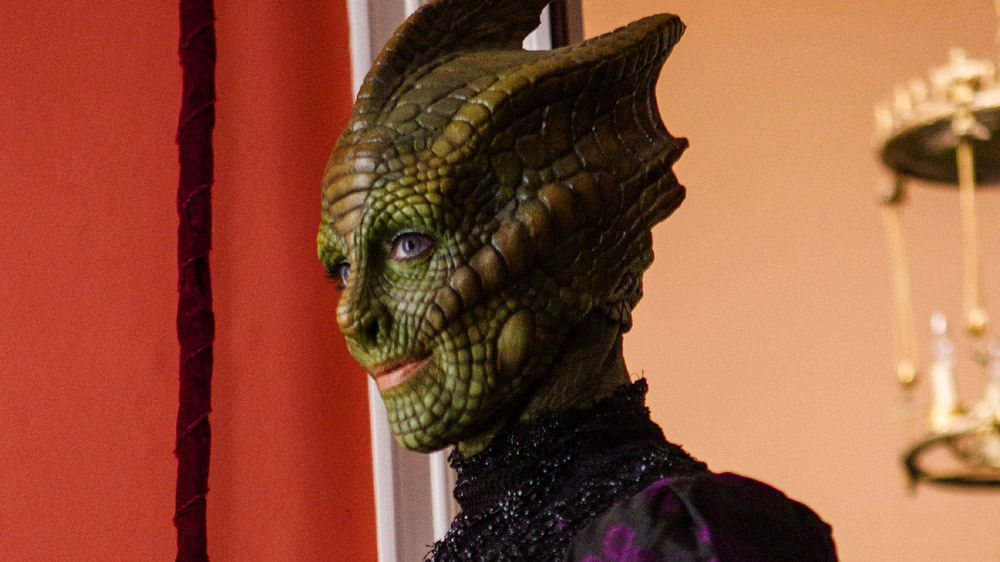
When Doctor Who returned in 2005, it brought with it a plethora of new foes. The likes of the Slitheen, Sycorax and Gelth were just some of the fresh enemies for the Doctor to face in the modern series.
Old familiar favorites such as the Daleks, the Cybermen, the Sontarans and the Master did not take long in surfacing, either. Starting with his first year as show runner, however, Moffat began to work some of the lesser-appreciated classic foes back into the show.
The Silurians had not appeared on screen since 1983, but after their return in 2010, they were quickly accepted by the new generation of Whovians, so much so that the show features a Silurian as an ally of the Doctor’s, Madame Vastra, leader of the Paternoster Gang.
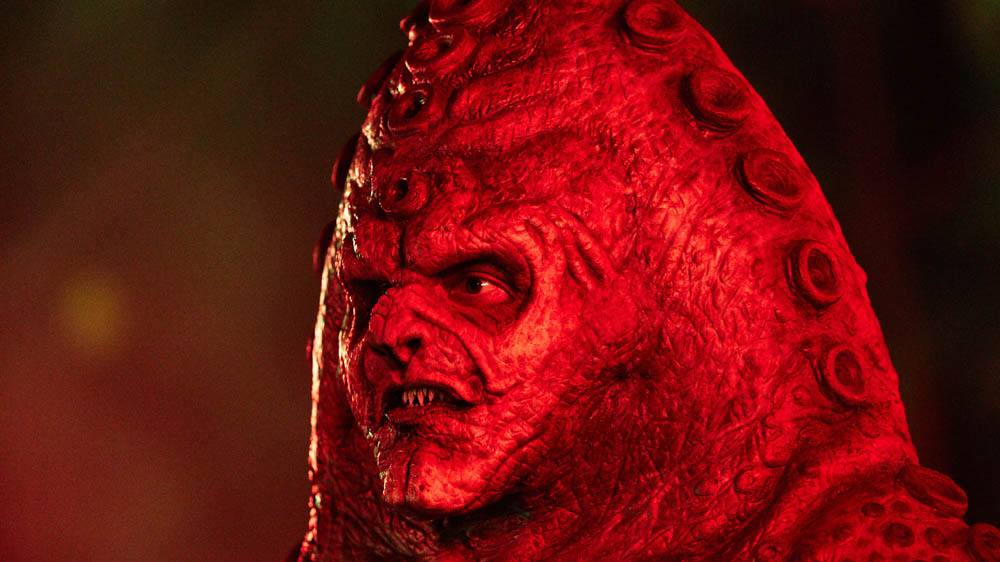
The Zygons’ return in 2013 was an eagerly anticipated event, and their story has continued to play out since then.
Moffat also brought back the Ice Warriors and the Great Intelligence, and who’s to say he won’t bring them back again for his final season?
He terrified us with new monsters

Moffat brought back more classic monsters than we had previously seen in nu-Who, but it’s important not to overlook his own fearsome contributions to the Whoniverse. After all, this is the man who created the Empty Child and the Vashta Nerada, the Weeping Angels and the Silence, the Whisper Men and the Veil.
One of the trademarks of Moffat’s monsters is the ability to take something completely mundane and ordinary and transform it into something absolutely terrifying. Thanks to him, real life is now filled with more unknown perils than ever before.
Is the basement light flickering? The Vashta Nerada might be preparing to attack. Did the next-door neighbor get a new angel statue for the garden? Better not blink. Heck, we even made us scared of our wi-fi.
He gave the Doctor a new set of regenerations

As Doctor Who continued to air, Whovians often wondered how the Doctor would circumvent the twelve-regeneration limit so the show could continue.
It hardly seemed likely that the BBC would actually just end a successful series due to a throwaway continuity line from decades ago, but with the other Time Lords dead and gone, the Doctor’s resources for gaining a new regeneration cycle were slim indeed and Moffat knew that fans would want it addressed at some point.
Of course, Gallifrey’s salvation in the 50th anniversary meant that they were once again a potential way for the Doctor to gain a new set of regenerations, which is precisely what happened.
Granted, Clara had to persuade them to give the Doctor a new cycle, but the end result was the same: the Doctor now possesses an unknown number of new regenerations, granting the show a potentially endless lifespan.
He gave us a glimpse of the Doctor’s future – and it’s a happy ending
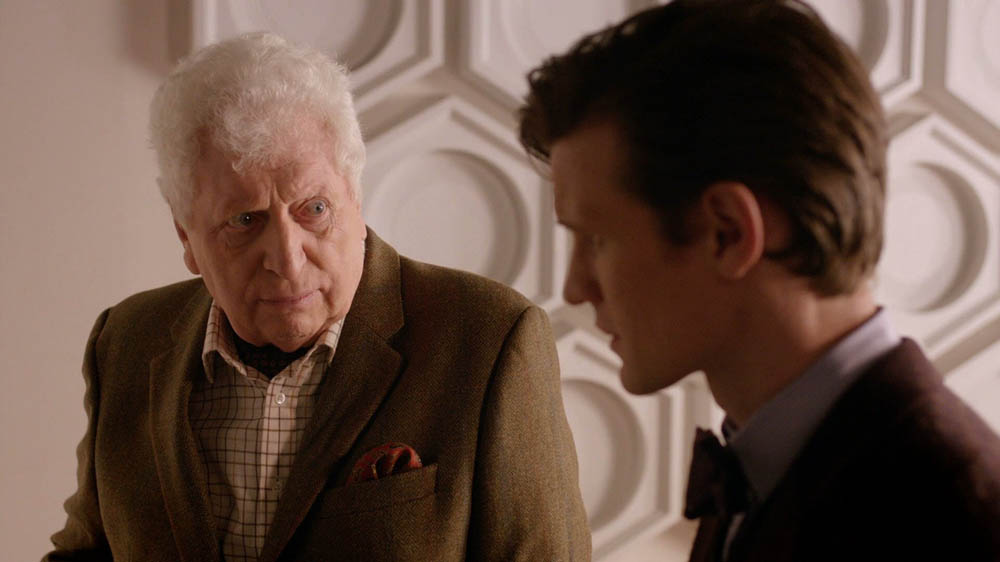
One of the highlights of ‘The Day of the Doctor’ was the appearance of former Doctor Tom Baker as the Curator of the National Gallery… but there were subtle (and not-so-subtle) hints that this mysterious old man was, in fact, a future version of the Doctor himself.
If this is true, it means that Moffat showed us the Doctor’s ultimate future; he revealed that in spite of all of the unknown dangers and time-wimey conundrums he faces, the Doctor will be alright.
He will eventually regenerate back into his fourth face and enjoy a peaceful retirement as the Curator of the National Gallery. Seeing as the Fourth Doctor is considered the quintessential incarnation of the Time Lord, somehow that fate seems perfectly fitting.
Moffat will be remembered for many things when he leaves Doctor Who, some of them good, some of them bad. But the legacy of all the good he has done for the show should never be forgotten.
> Buy the complete Season 9 box set on DVD on Amazon.
> Buy the complete Season 9 box set on Blu-ray on Amazon.
What will you remember most fondly from Steven Moffat’s era? Let us know below…

